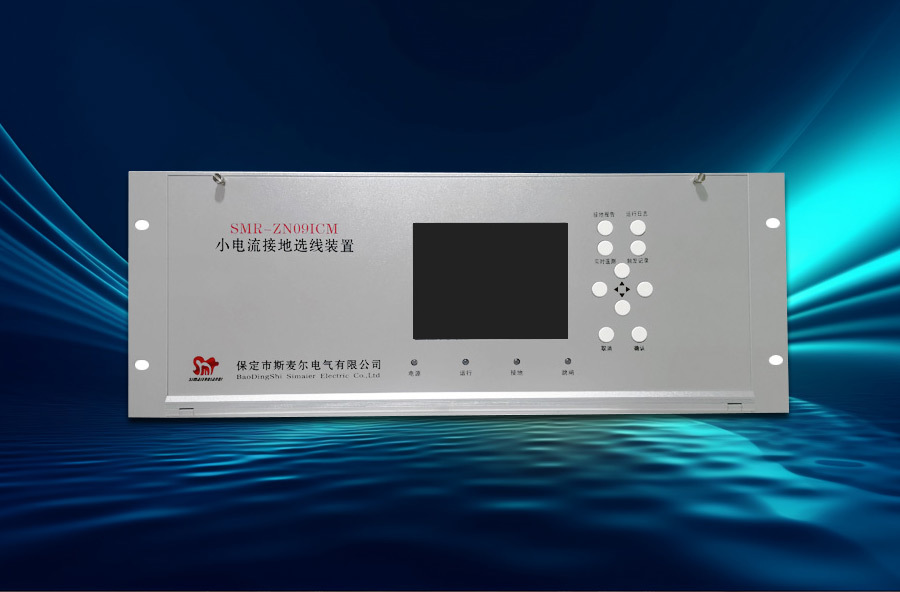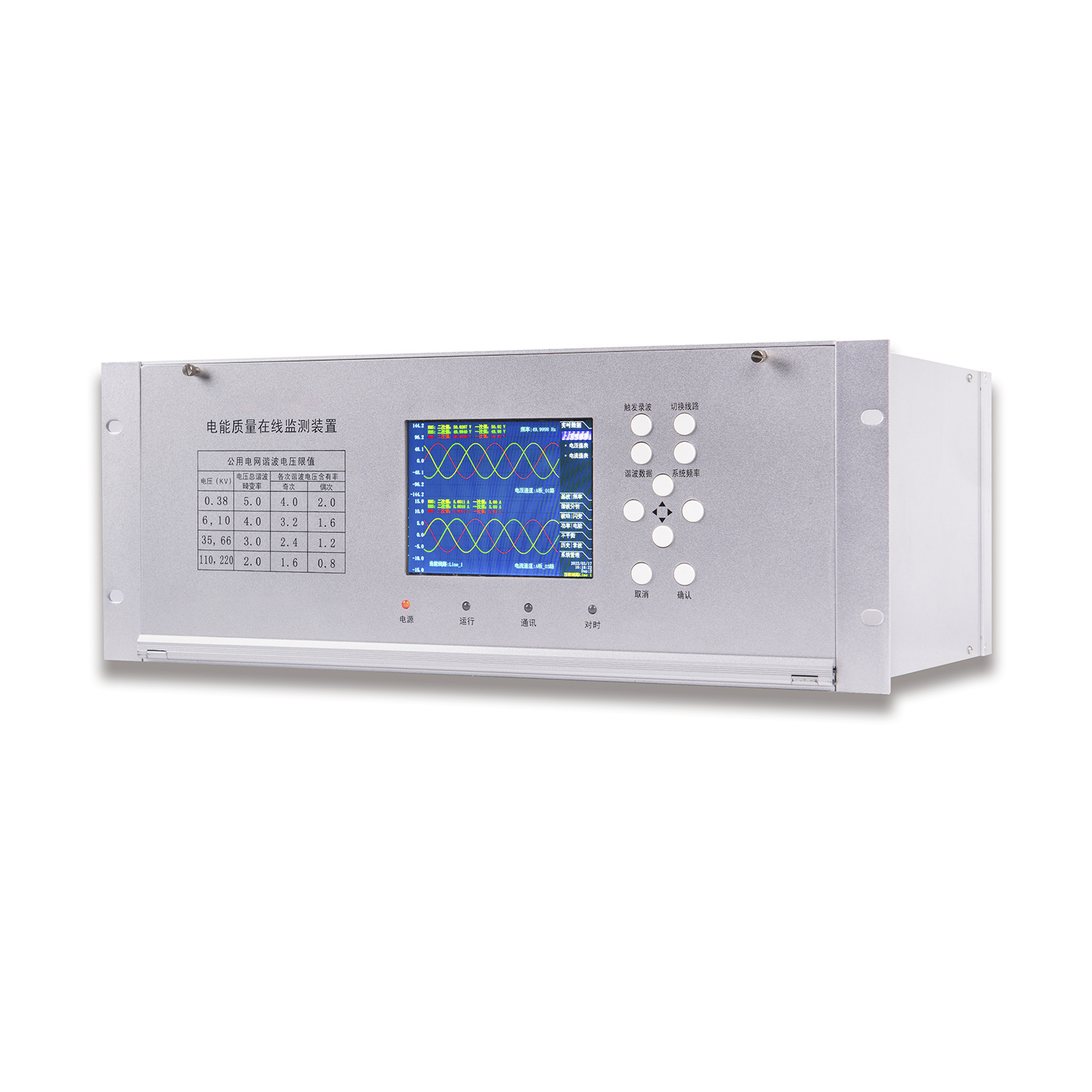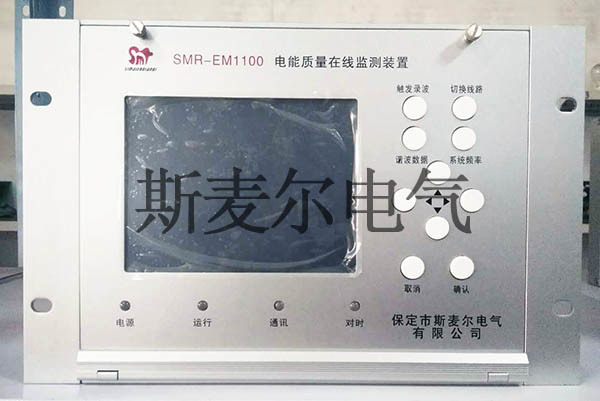Exploring Diverse Application Scenarios for Small-Current Grounding Fault Line Selection Devices
Release time:
2025-10-09
A deep analysis of the application scenarios and advantages of small-current grounding fault line selection devices across various fields.
In modern electrical engineering, there are many devices that help us enhance safety and efficiency. Among them, Small-current ground fault line selection device It is simply an indispensable and vital component. Its applications span across various industries—let’s explore these use cases together!
Simply put, a small-current ground fault locator is a device used to select grounding for electrical equipment. It achieves equipment grounding protection through the use of small currents, thereby overcoming many of the limitations inherent in traditional grounding methods. Its advantages are especially pronounced in certain specialized environments.
In power systems, small-current ground fault detection devices can effectively monitor for ground faults. For instance, in substations, equipment operation demands are extremely high—any minor fault could potentially lead to widespread power outages. That’s precisely when small-current ground fault detection devices come into play, promptly identifying issues and ensuring the stable operation of the system.
Railway transportation is a field with extremely high safety requirements. A small-current ground-fault locator can help detect grounding faults in the rail system, ensuring the safe operation of trains. Just imagine: without such equipment, a malfunction during train operation would be an unimaginable scenario!
In modern industrial automation production, the stability of equipment is crucial. The small-current ground fault detection device can monitor equipment on the production line in real time, promptly identifying grounding abnormalities, reducing equipment failure rates, and boosting productivity. As a result, companies not only save costs but also enhance their overall competitiveness.
In addition to its wide range of applications, the small-current ground fault detection device offers numerous advantages. First, it boasts strong adaptability, enabling stable operation even in diverse and challenging environments. Second, the equipment is easy to maintain, helping to reduce a company’s operational costs. Moreover, advanced technological approaches enhance the sensitivity of fault detection, ensuring the safe and reliable operation of the system.
Keyword:
Recent information
The main factors of insufficient selection principle for small current grounding.











